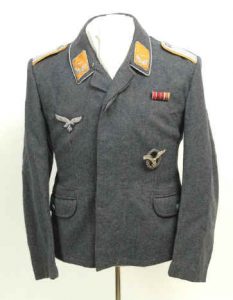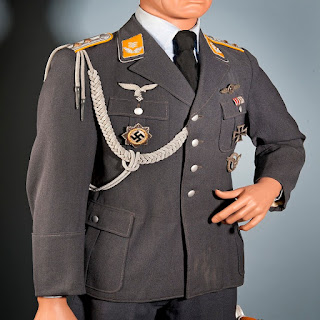The Challenges of Creating Authentic World War Army Uniform Replicas

Creating genuine World War army uniform replicas can be a challenging process due to a number of factors. Here are some of the key challenges: 1. Historical Accuracy: One of the primary challenges of creating authentic Great Ww1 & Ww2 Women'S Uniforms replicas is ensuring historical accuracy. This means carefully researching and studying original uniforms, as well as historical documents and photographs, to understand the materials, construction, and details of the uniforms. It can be difficult to find accurate information, and some details may be lost to history, which can make creating an authentic replica challenging. 2. Sourcing Materials: Another challenge is sourcing the materials needed to create an authentic replica. Many of the materials used in World War army uniforms, such as wool and leather, are not commonly used today and may be difficult to find. Additionally, some materials may no longer be produced, which can make it challenging to find exact matches for h...





